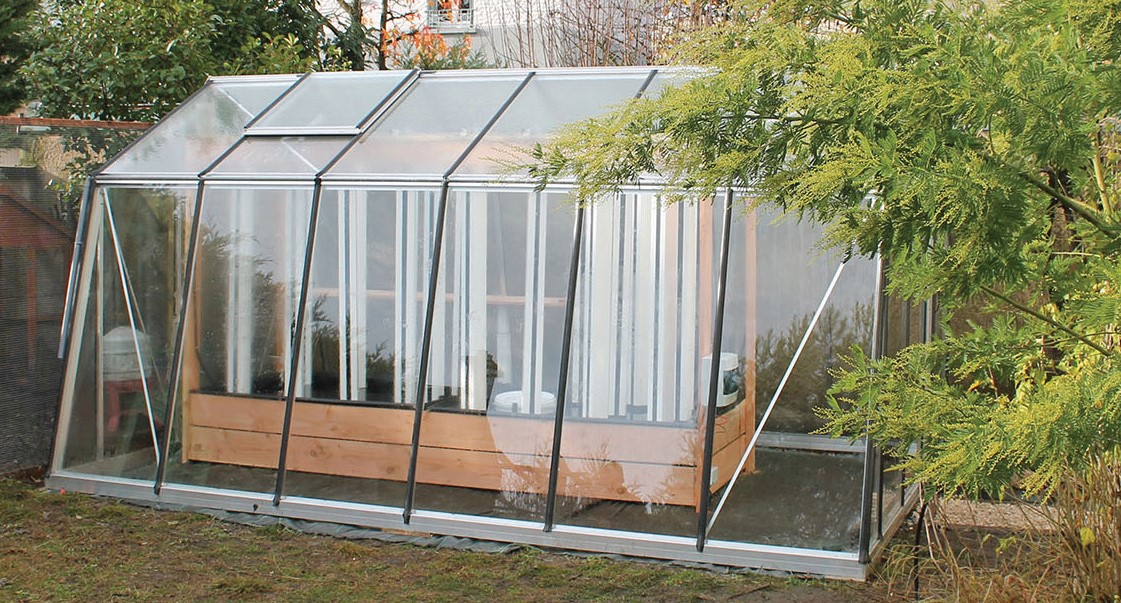ASAC/AP: Difference between revisions
| Line 28: | Line 28: | ||
This year, the school has decided to involve the 4th and 3rd year students of IESE (Computing and Electronics Embedded Systems) and Materials sciences in this collective project.They continue the work started by the RICM (Computer Network and Multimedia Communication) in the previous year. The students have to design and perform a set of sensors in order to control parameters within the greenhouse such as the air and water temperatures, the humidity, the pH of the basins and the level of water. Another goal is to design and build an automatic food dispenser system for fish that will be growing within the greenhouse. |
This year, the school has decided to involve the 4th and 3rd year students of IESE (Computing and Electronics Embedded Systems) and Materials sciences in this collective project.They continue the work started by the RICM (Computer Network and Multimedia Communication) in the previous year. The students have to design and perform a set of sensors in order to control parameters within the greenhouse such as the air and water temperatures, the humidity, the pH of the basins and the level of water. Another goal is to design and build an automatic food dispenser system for fish that will be growing within the greenhouse. |
||
[[File:serre aquaponie.jpg]] |
[[File:serre aquaponie.jpg]] |
||
To encode the sensors and perform the communication with a computer, IESE students will use a STM32 microcontroller to process all information, as well as a LoRa expansion board for the wireless platform. The idea is to employ only open-source technologies, therefore the Linux system is prefered instead of the Windows 10. The Materials students will create protections for the sensors, in collaboration with the FABLAB of the Grenoble University Campus. It’s foreseen sensors to measure the air, water and ground temperature, the humidity rate of air and ground, the pH and level of water. If time and equipment allow us, it’s aimed to measure the concentration of nitrate and ammonia in the water of the basins for more precision on the quality of the water. |
To encode the sensors and perform the communication with a computer, IESE students will use a STM32 microcontroller to process all information, as well as a LoRa expansion board for the wireless platform. The idea is to employ only open-source technologies, therefore the Linux system is prefered instead of the Windows 10. The Materials students will create protections for the sensors, in collaboration with the FABLAB of the Grenoble University Campus. It’s foreseen sensors to measure the air, water and ground temperature, the humidity rate of air and ground, the pH and level of water. If time and equipment allow us, it’s aimed to measure the concentration of nitrate and ammonia in the water of the basins for more precision on the quality of the water. |
||
Revision as of 10:25, 9 November 2017
Brainstorming
But du projet: Automatisation d'une serre pour la cellule humanitaire; association à but non lucratif
- Objectif principale
- Distributeur de nourriture
Pb: Dimensionnement, tube ou camembert
- Capteur Température
Air Eau
- Communication LORA
- Niveau d'eauCapteur prêt
Reste: cache, code
- Objectif secondaire
- Capteur Nitrate
- Capteur phosphate
- Régulation ouverture automatique
- Carte electronique
Boitier protection
Présentation
Aquaponie: an agricultural practice combining plant cultivation and fish farming in a same place, creating a symbiotic relationship between them.
Project
The engineering school of Polytech Grenoble plans to install an autonomous greenhouse within its building during the academic year 2017-2018. The selected greenhouse uses the principle of aquaponie (defined above). On the long term, it will be managed by the humanitarian club of the school. This year, the school has decided to involve the 4th and 3rd year students of IESE (Computing and Electronics Embedded Systems) and Materials sciences in this collective project.They continue the work started by the RICM (Computer Network and Multimedia Communication) in the previous year. The students have to design and perform a set of sensors in order to control parameters within the greenhouse such as the air and water temperatures, the humidity, the pH of the basins and the level of water. Another goal is to design and build an automatic food dispenser system for fish that will be growing within the greenhouse.
To encode the sensors and perform the communication with a computer, IESE students will use a STM32 microcontroller to process all information, as well as a LoRa expansion board for the wireless platform. The idea is to employ only open-source technologies, therefore the Linux system is prefered instead of the Windows 10. The Materials students will create protections for the sensors, in collaboration with the FABLAB of the Grenoble University Campus. It’s foreseen sensors to measure the air, water and ground temperature, the humidity rate of air and ground, the pH and level of water. If time and equipment allow us, it’s aimed to measure the concentration of nitrate and ammonia in the water of the basins for more precision on the quality of the water. For now, the priority is the fish food distributor. Indeed, once the greenhouse installed, it must be working as quickly as possible. The problem is that the Christmas holiday being long, our greenhouse requires a way to feed the fishes without us being present on the site.
Teachers
The teacher leading the project is Nicolas PALIX.(http://lig-membres.imag.fr/palix/) He can be helped by Benoit MARCHANT and Vincent HIBON.
Team
| Name | study class |
|---|---|
| Faustine MICHEL | IESE-3 |
| Bastien BONTE | IESE-3 |
| Paulo NAVES | IESE-4 |
| Erik NAYAN | IESE-4 |
| Antoine RONCO | MAT-3 |
| Dorian REBOULLET | MAT-3 |
| Eglantine LEJEUNE | MAT-4 |
| Apolline LIMOUSIN | MAT-4 |
